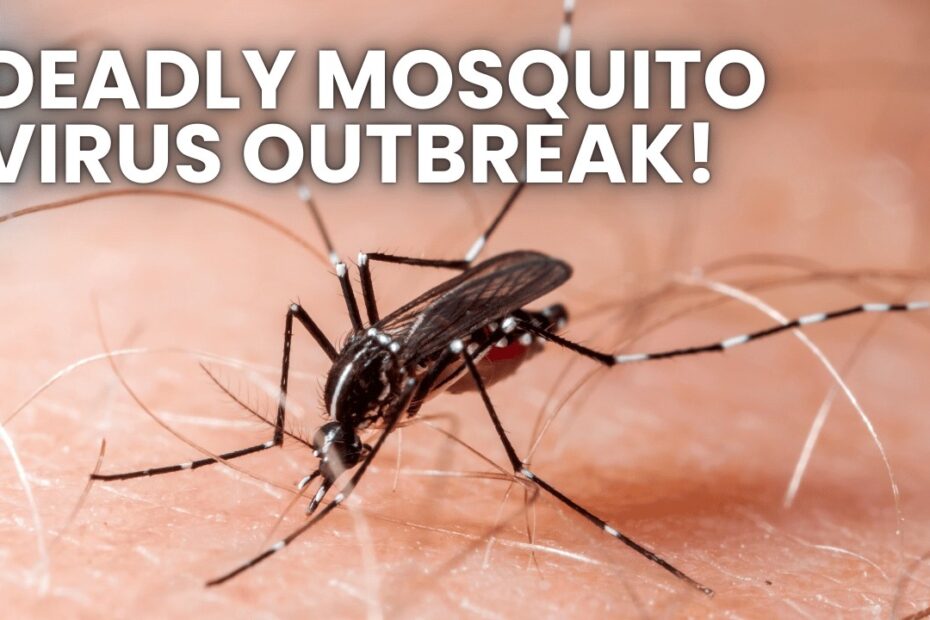Eastern Equine Encephalitis (EEE) is a deadly mosquito-borne virus that has gained renewed attention due to a recent outbreak in Plymouth, Massachusetts. The virus, known for its high mortality rate and severe neurological effects, presents a significant public health threat. In Plymouth, several cases have been confirmed, prompting local authorities to take swift action, including aerial spraying and public advisories to reduce mosquito exposure. Symptoms of EEE can escalate from flu-like signs to severe brain inflammation, often resulting in long-term neurological damage or death. Unfortunately, there is no specific treatment or cure for EEE, and medical care focuses on managing symptoms through supportive care.
▬Contents of this video▬
00:00 – Intro
00:39 – Overview of Eastern Equine Encephalitis (EEE)
02:13 – Recent Flare-Up in Plymouth, Massachusetts
03:44 – Town’s Response to the Outbreak
05:12 – Symptoms and Complications of EEE
06:56 – Current Treatments and Potential Cures
08:32 – Prevention Strategies
10:03 – The Connection to West Nile Virus and Anthony Fauci’s Case
11:40 – Broader Implications and Public Health Concerns
13:07 – Outro
Like this content? Subscribe here:
https://www.youtube.com/channel/UCxG8DXN7UCNFaVeWbBx18qA?sub_confirmation=1
Or, watch more videos here:
https://www.youtube.com/channel/UCxG8DXN7UCNFaVeWbBx18qA/videos\
Prevention remains the most effective strategy, with public health officials emphasizing personal protective measures, such as wearing protective insect repellent and avoiding outdoor activities during peak mosquito hours. On a broader level, mosquito control programs are essential in reducing the risk of EEE outbreaks, highlighting the importance of eliminating breeding grounds and raising public awareness. The recent case of Anthony Fauci contracting West Nile virus, another mosquito-borne illness, has drawn attention to the ongoing risks posed by these diseases and the need for continued vigilance. As climate change creates conditions favorable for mosquito populations to thrive, the risk of EEE and other similar viruses spreading to new regions is increasing. This poses significant challenges for public health systems, which must balance resources and preparedness for unpredictable outbreaks.
The connection between EEE and other mosquito-borne diseases underlines the broader implications of climate change and the importance of comprehensive prevention strategies. With no cure in sight, public health efforts remain focused on controlling mosquito populations and educating communities to mitigate the impact of these dangerous viruses. The ongoing situation in Plymouth serves as a reminder of the ever-present threat posed by mosquito-borne illnesses and the need for continued public health vigilance.
New Deadly Mosquito Virus Is Spreading Across the Country
